
Amid international consensus that the world must seek to limit global warming to 1.5°C above pre-industrial levels, Airports Council International has recently adopted a goal for member airports worldwide to achieve net zero carbon by 2050.
With over 100 years of combined history serving clients globally, C&S and Steer have joined forces to provide
the airport industry with a full-service offering for decarbonization. Our partnership is a unique integration of C&S’s
planning and design experience with Steer’s expertise in strategic and economic consulting. Our approach is tailored
to secure buy-in from all levels in the airport organization while bringing cost-effective, impactful projects to fruition.
One team. One full-service approach. Designed for airports.
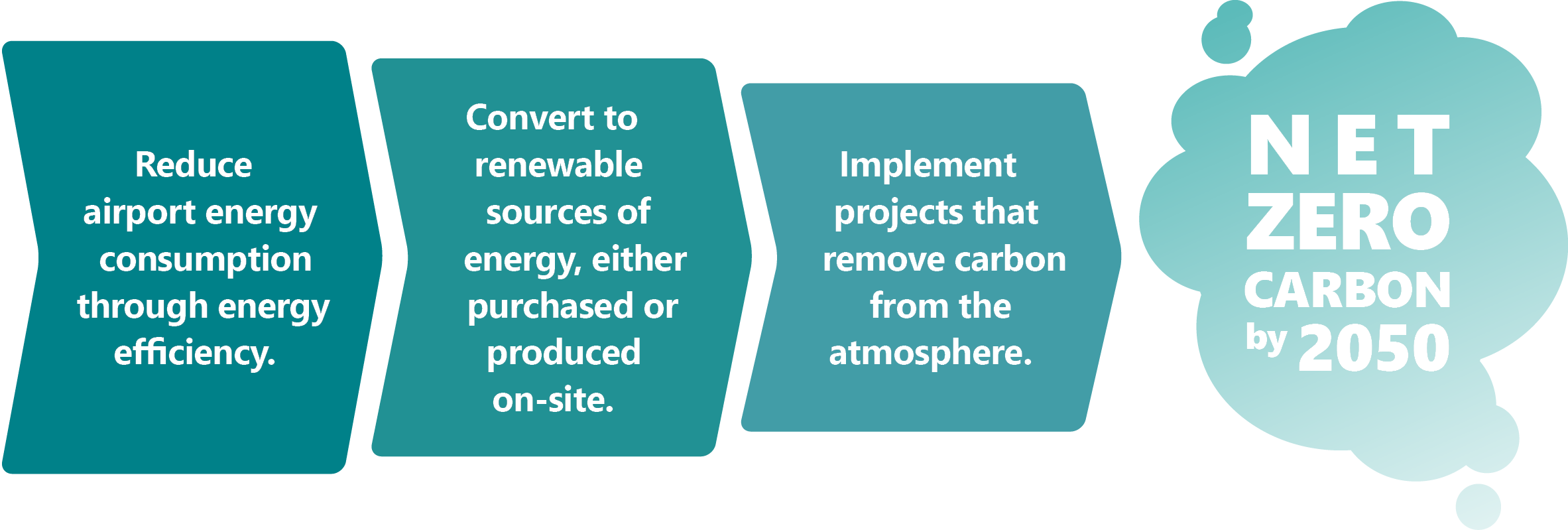

Step 1: Use the inputs on the left to establish your business-as-usual trajectory.
Step 2: Drag the needles on the bottom to see how your emissions change over time.




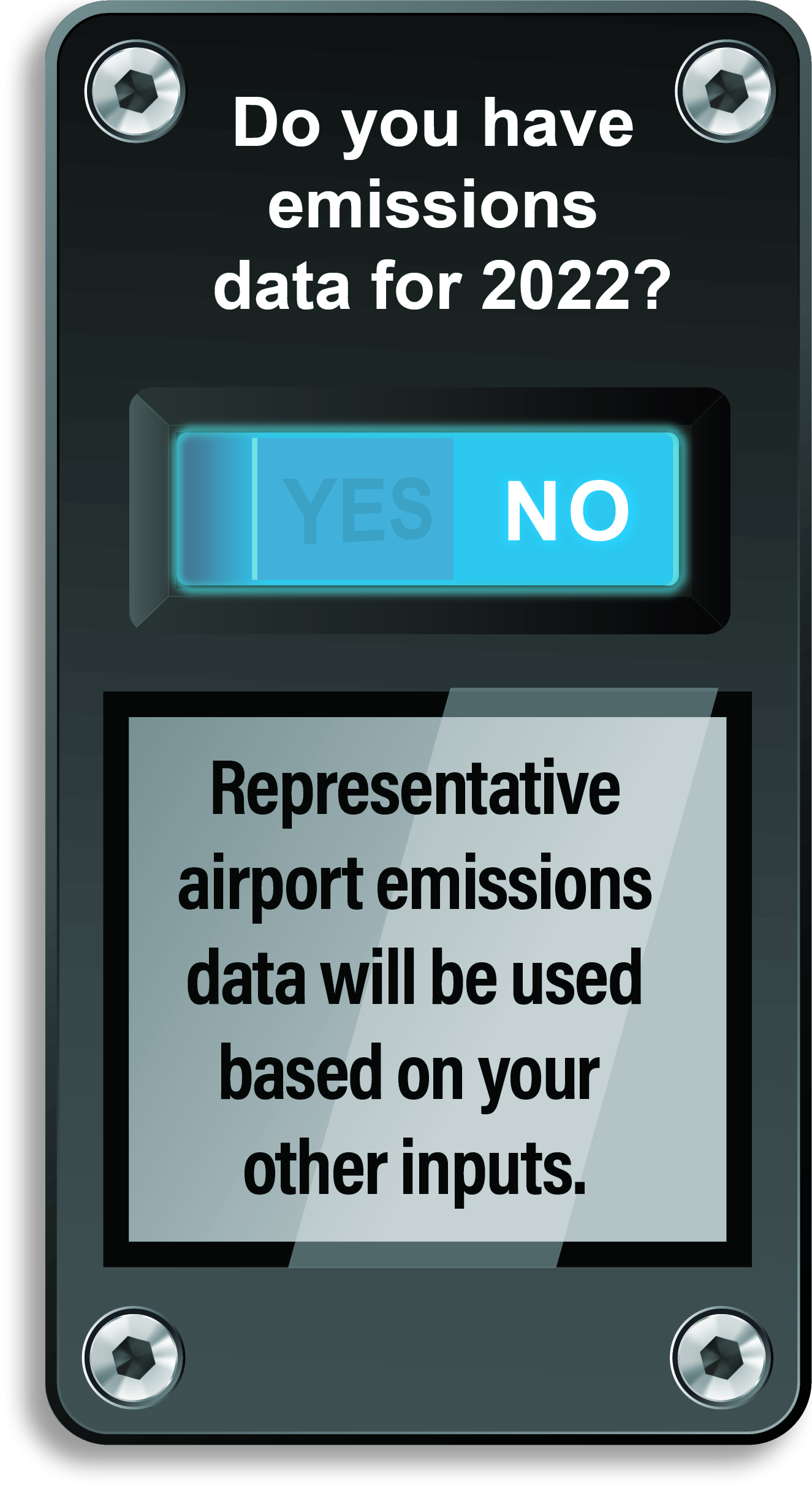




 00
00
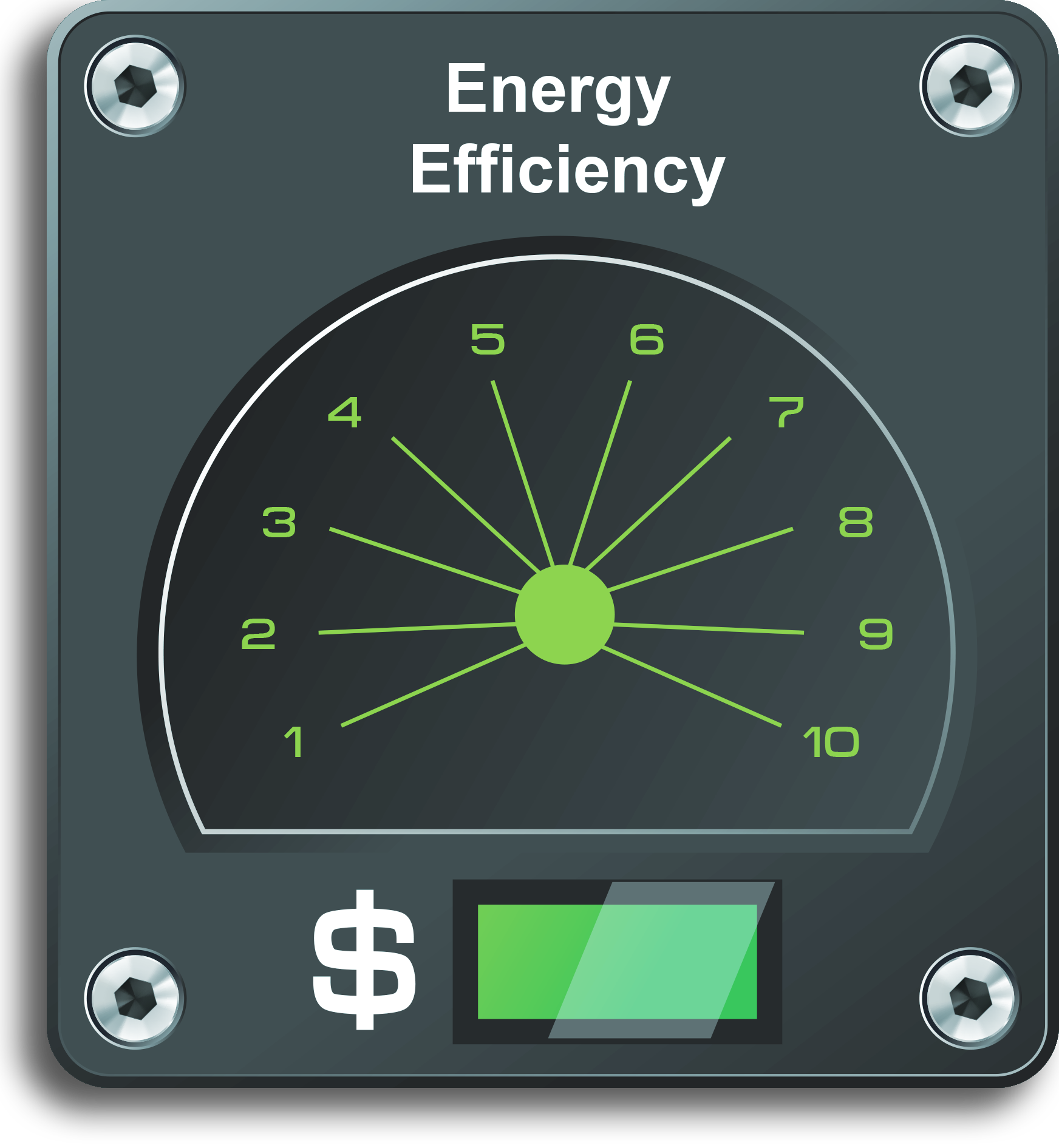
 00
00

 00
00
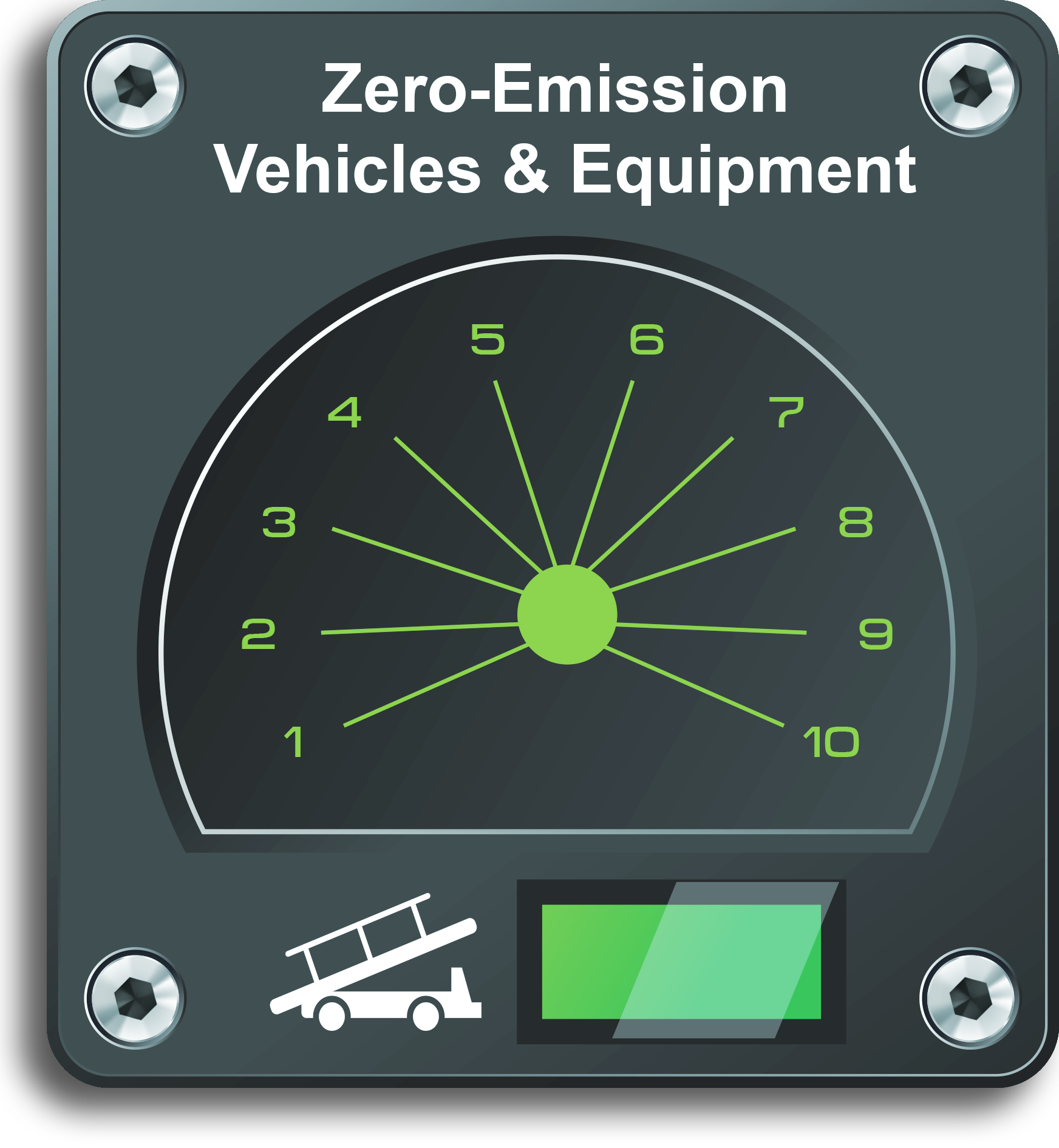
 00
00
 0
0


By 2050, your airport’s Scope 1 and 2 emissions may change by

Aviation represents 2-3% of global greenhouse gas emissions, according to the Intergovernmental Panel on Climate Change (IPCC). Of aviation’s total carbon footprint, aircraft produce the vast majority of the industry’s emissions, leaving airports wondering what their role is to play.
Decarbonization may require the repurposing or upgrading of existing energy infrastructure, including fuel systems to accommodate renewable liquid fuels and electrical transmission/distribution systems to handle higher and more variable loads.
Airports may face challenges finding the space to install on-site energy generation and storage, or even replacing existing fossil-fuel powered heating equipment with alternative fuel.
Airports are constantly asked to do more with less, and projects that enhance safety, security, and infrastructure are prioritized for limited resources. Without adequate funding or key industry partnerships, airports may struggle to identify the capital necessary to achieve net zero carbon.
FAA launched the Airport Climate Challenge in 2022, challenging airports to achieve net zero emissions of greenhouse gases (GHG) by 2050 and identified industry best practices for airports to optimize emissions reductions. Many states have adopted their own regulations or incentive programs to incentivize decarbonization.
The typical net zero toolkit tends to encompass Scope 1 and 2 emissions, since airports have the most operational control over these sources. But because Scope 3 emissions typically constitute over 90% of an airport's carbon footprint, these emissions sources cannot be ignored. The complex nature of scope 3 emissions can be intimidating to airports of any size and require a different approach.
With the vision of a more sustainable future in mind, the Federal Aviation Administration (FAA) and Airports Council International North America (ACI-NA) are aligned in their commitment to achieve net zero greenhouse gas emissions from the U.S. aviation sector by 2050. This shared objective underscores the urgent need for airports nationwide to align their operations with broader sustainability goals, paving the way for a cleaner, greener trajectory.
Achieving net zero carbon emissions by 2050 is the aviation industry’s most challenging long-term goal. While reducing aircraft greenhouse gas emissions (GHGs) as demand for air travel continues to grow will be the single most challenging task, the ultimate set of solutions will require all industry stakeholders to make significant contributions to GHG reduction.





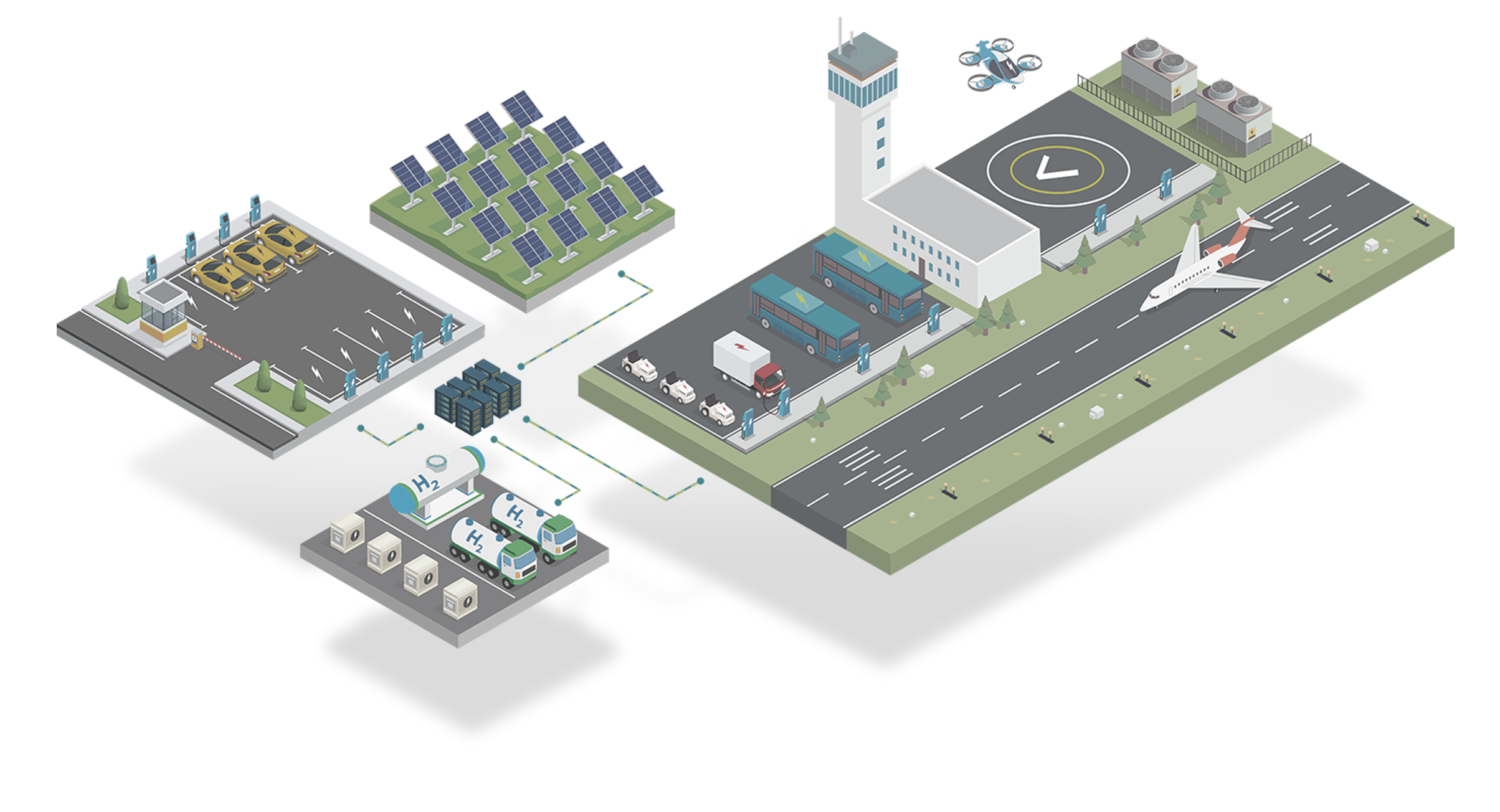
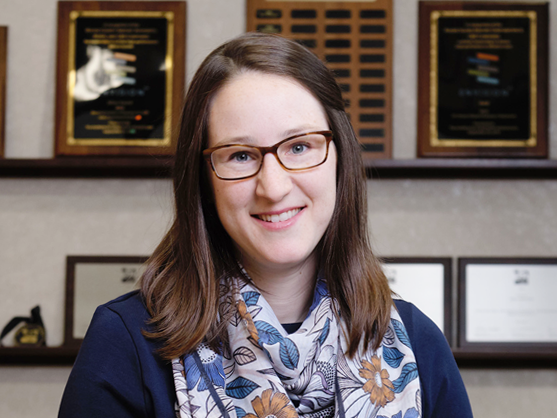
Kara Young specializes in helping airports collect and manage data to calculate progress against net zero goals. Her expertise includes airport greenhouse gas emissions inventories and supporting airports with Airport Carbon Accreditation, as well as extensive project history with air quality and other airport environmental services.

Dr. Victoria Johnson is an experienced consultant and project manager with 18 years in climate change/net zero policy, social impact appraisal, and low carbon innovation. She is a multidisciplinary researcher in the field and brings a comprehensive understanding of the Net Zero domain.

Alexandra Davis has national experience decarbonizing airport capital projects of every size and scale. She specializes in reducing the carbon impact of airport infrastructure through embodied carbon analysis, use of low carbon materials, and community and stakeholder engagement.